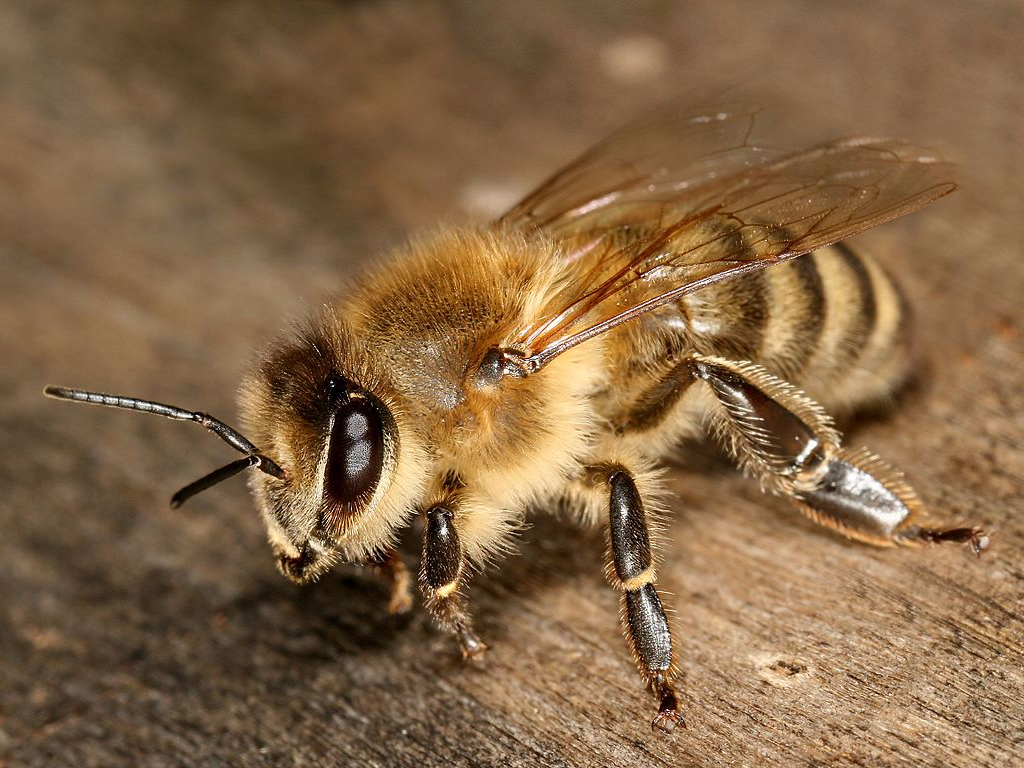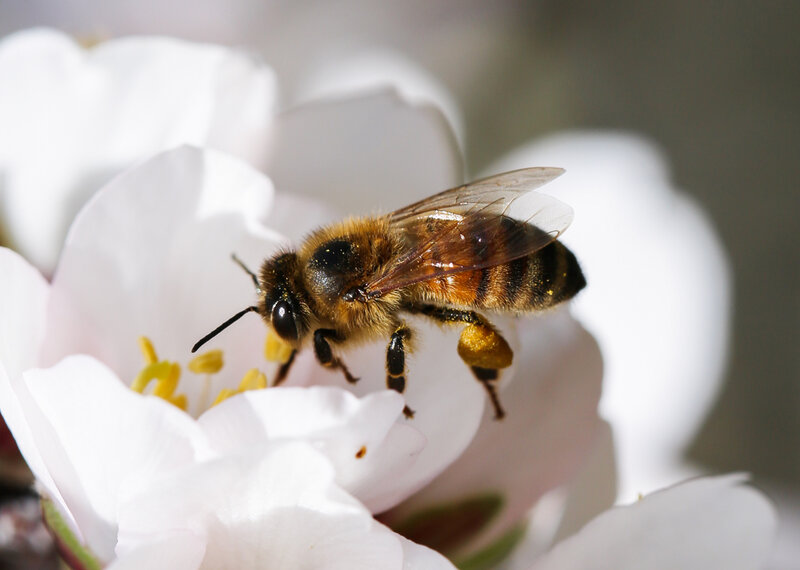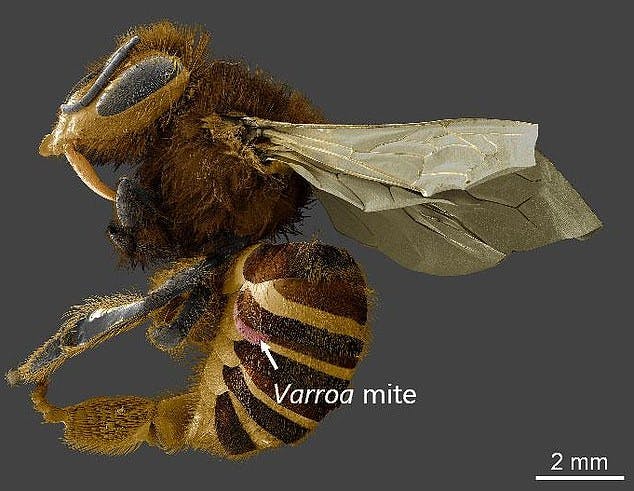MULTIZ321
TUG Member
- Joined
- Jun 6, 2005
- Messages
- 31,345
- Reaction score
- 9,013
- Points
- 1,048
- Location
- FT. LAUDERDALE, FL
- Resorts Owned
-
BLUEWATER BY SPINNAKER HHI
ROYAL HOLIDAY CLUB RHC (POINTS)
The Honey Bee is Facing an Existential Threat - and It Could Be Very Bad for Humans
By David Dodwell, South China Morning Post/ Science/ Business Insider/ businessinsider.com
"Three hundred feet up in the air, dangling on a hand-made rope ladder, with a 25 foot bamboo pole held in one arm, Kulung tribesman Mauli Dhan fights off savage, pulsing swarms of giant Himalayan honey bees for one of the only things that links him to the world economy – "mad honey."
Millions worldwide go to less lunatic lengths to capture the fruits of the labour of the world’s three trillion or so honey bees, but it is a tribute to the global value of the honey bee and its nectar that even here high in Nepal, just 10 miles or so from Mount Everest, humans risk life and limb for it.
The panic is not simply because no-one can agree on the cause of the collapse, nor because of fears that there might be a grave global shortage of honey, but because of the critical role honey bees play in pollinating much of the food we eat today.
Even on the issue of honey bees’ role in pollination there is fervent disagreement over whether panic is justified or not. First, most of our staple foods don’t rely on bees for pollination. Crops like wheat, rice, corn, soya, sorghum, rye, parley and oats are all wind pollinated. Vegetables like lettuce, beans and tomatoes are self-pollinators. But that leaves a large and delicious part of our diet still wholly or significantly dependent on bees and other insect pollinators – like almonds, raspberries, apples and pears, strawberries, melons, blueberries...."

Honey bees are in trouble. Richard Bartz, Munich Makro Freak & Beemaster Hubert Seibring/Wikimedia Commons
Richard
By David Dodwell, South China Morning Post/ Science/ Business Insider/ businessinsider.com
"Three hundred feet up in the air, dangling on a hand-made rope ladder, with a 25 foot bamboo pole held in one arm, Kulung tribesman Mauli Dhan fights off savage, pulsing swarms of giant Himalayan honey bees for one of the only things that links him to the world economy – "mad honey."
Millions worldwide go to less lunatic lengths to capture the fruits of the labour of the world’s three trillion or so honey bees, but it is a tribute to the global value of the honey bee and its nectar that even here high in Nepal, just 10 miles or so from Mount Everest, humans risk life and limb for it.
The panic is not simply because no-one can agree on the cause of the collapse, nor because of fears that there might be a grave global shortage of honey, but because of the critical role honey bees play in pollinating much of the food we eat today.
Even on the issue of honey bees’ role in pollination there is fervent disagreement over whether panic is justified or not. First, most of our staple foods don’t rely on bees for pollination. Crops like wheat, rice, corn, soya, sorghum, rye, parley and oats are all wind pollinated. Vegetables like lettuce, beans and tomatoes are self-pollinators. But that leaves a large and delicious part of our diet still wholly or significantly dependent on bees and other insect pollinators – like almonds, raspberries, apples and pears, strawberries, melons, blueberries...."

Honey bees are in trouble. Richard Bartz, Munich Makro Freak & Beemaster Hubert Seibring/Wikimedia Commons
Richard


